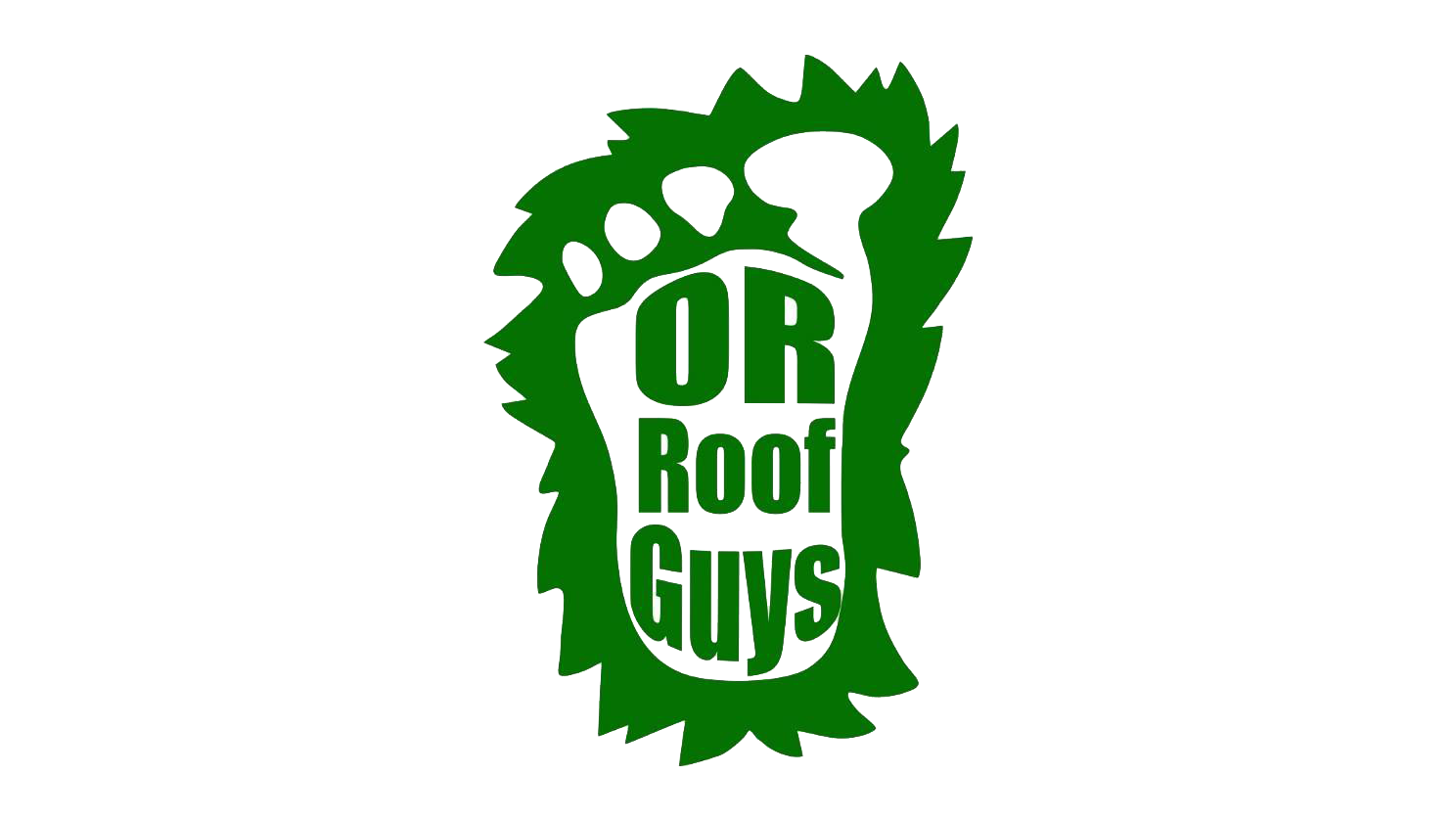When it is time for a roof replacement, you’ll have to select the best type of shingle. But, you may also need to replace your roof vents. But how do you know which venting system is best? Here’s an overview of the different types of roof vents.
VENTING YOUR ROOF: THREE VENTILATION SYSTEMS
All roofs need a venting system to release hot air. The types of exhaust vents best suited to your home will depend upon the ventilation system you want, and the roofing material you select. The ventilation options are:
Passive Vertical Ventilation
Passive ventilation systems allow air to move without any assistance. Hot air rises and will escape through exhaust vents on the highest points of your roof ridge (the point where two areas of the roof meet). Conversely, cooler air will enter through intake vents that are located lower on the roof. This is the most common method of ventilation system used in homes.
Active Vertical Ventilation
This ventilation method uses power, either from the wind, sun, or electricity to pull air out of the property.
Passive Horizontal Ventilation (Cross Ventilation)
This ventilation system used the power of the wind to blow cooler air into one side of your home. Hot air is then pushed out through vents on the other side of the home.
COMMON TYPES OF ROOF VENTS
There are more than ten types of roof vents, but the most common types of roof vents are
- Ridge Vents
- Solar Powered Vents
- Box Vents
- Turbine vents
- Power Vents (Hardwired Vents)
RIDGE VENTS
Ridge vents are the most popular of the various types of roof vents because this type of venting is discreet. Ridge venting allows hot air to escape at the peak of the roof, without creating an eyesore.
Ridge venting can release the greatest volume of the hot indoor air because the vents run the full length of the ridge. These types of roof vents are ideal for asphalt shingle roofs, which are the most popular roofing material for homes.
Ridge venting with baffling also prevents debris from entering the home, and offers less opportunity for moisture to penetrate the roof.
SOLAR-POWERED VENTS
Solar-powered attic vents use motorized fans to suck hot air from the home. Although they are designed to run on solar power, in areas that do not get enough sunshine, getting enough energy to power the vents can prove challenging.
BOX VENTS
Box vents are easy to spot on roofs because they are square boxes installed across the roof. They do not release as much air as ridge venting. However, they
can be effectively used in homes that don’t have sufficient ridges to ventilate the home.
TURBINE VENTS
These vents are perhaps the most noticeable of all the types of roof vents. They resemble a chef’s hat and rotate with the wind. As the turbine rotates, it pulls hot air from the home. Because this type of vent requires wind, they are not effective in wind-poor areas.
POWER VENTS
As their name implies, power vents must be hardwired, and rely on electricity. To that end, they are at risk of failing if you lose power. Power vents are also at risk of failing because they are constantly running. The motors on power vents typically must be replaced every few years. Power vents may also be noisy.
BEST-REVIEWED ROOF REPLACEMENT COMPANY IN LANE COUNTY
Oregon Roof Guys is the best-reviewed roof replacement company based in Lane County. We offer free estimates and financing for roof replacements. To request a quote, call or message us today!.

